Presenting the Nike Tempo NEXT%
Considered the training partner to the Nike Alphafly, the Tempo NEXT% offers the benefits of race day shoe including high-energy return, but without the elements that can leave you running on tired legs the next day. Air pods in the sole of this shoe help maximize energy return making it the same as the Nike Alphafly racing shoe. The difference is the NEXT% is in the durability and protection it offers for everyday runners. With ZoomX Foam in the outsole and React Form in the heel offering added impact protection, the Tempo NEXT% makes it easier for runners to train harder.
As Carrie Dimoff, a senior footwear innovator with Nike explains runners are often training on a less than ideal surfaces, one of the key factors the team kept in mind in designing this shoe. “Sometimes you are using a training shoe on different surfaces, and you don’t want any insecurity,” says Dimoff. “This shoe provides you with a stable platform and then you transition into the front with the same foam as the AlphaFly. The stable platform is found in the lighter, more flexible plate that is intended to for a runner’s foot to dictate how the shoe moves. According to Dimoff, the role of the plate in the NEXT% is as a moderator for the materials under a runners foot. By tuning down the elements like the Alphafly’s carbon plate runners will also experience less leg soreness post run. In addition, the sole of the NEXT% also offer maximum grip in all conditions that is similar to the Pegasus.

With the goal of making it easier for runners to go hard in training, Canadian distance runner, Mohammed Ahmed, who recently claimed bronze in the 5,000m at the 2019 World Athletic Championships in Doha says the NEXT% has the ability to be an everyday shoe that leaves you feeling refreshed the next day. While he typically runs in the Pegasus, Ahmed suggests the NEXT% as a good option whether you are speed training or doing a longer run. As far as mileage, because the NEXT% is intended for such training versatility, it will see runners through to 200-300 miles. With its undeniable bounce, protection and durability, taking runners from the track to the road and beyond, the NEXT% is a welcomed addition to your shoe rotation.
iRun is looking forward to testing out a pair soon!








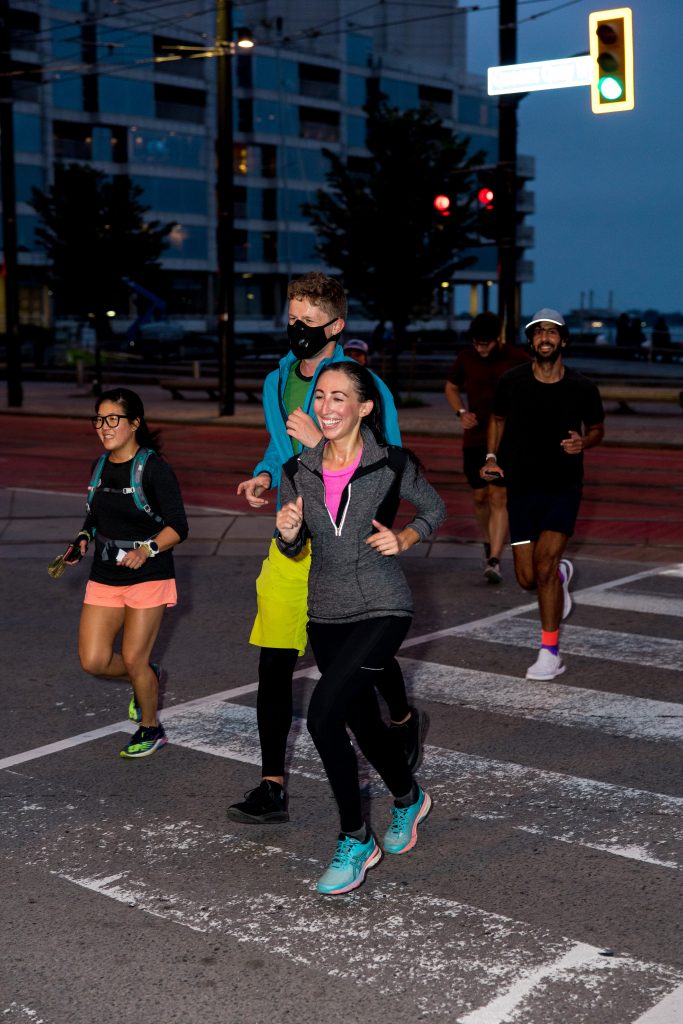
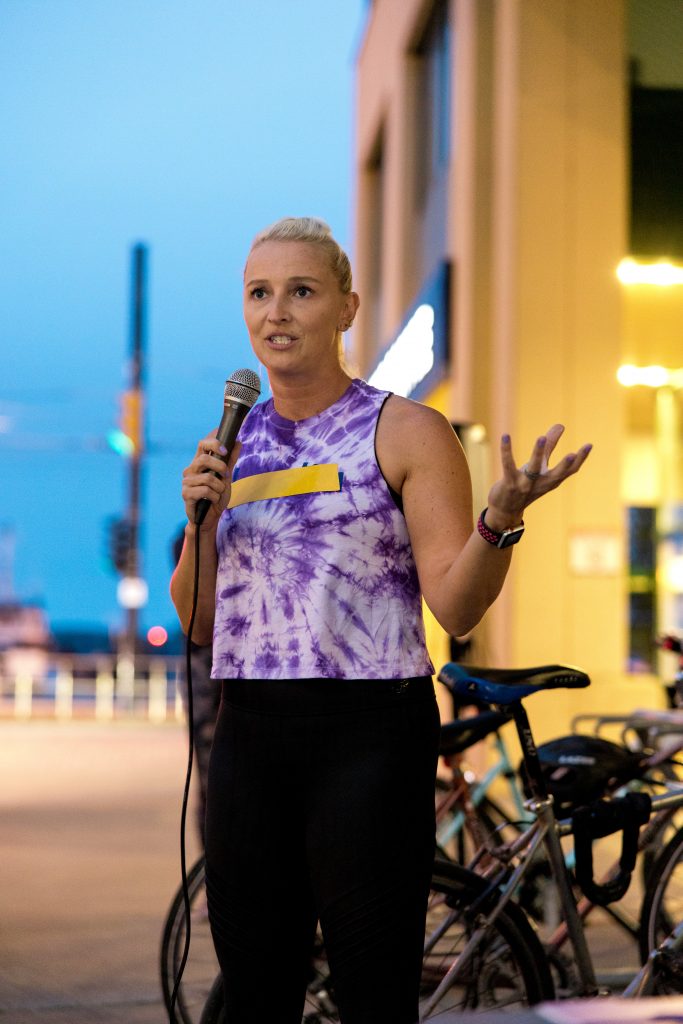
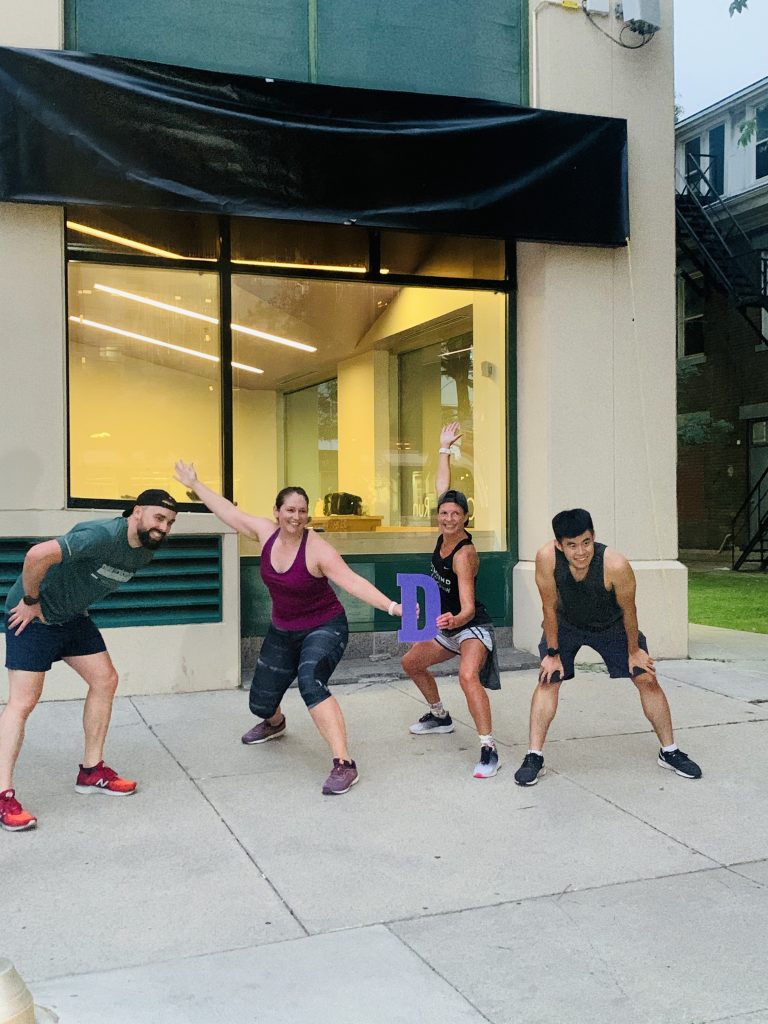

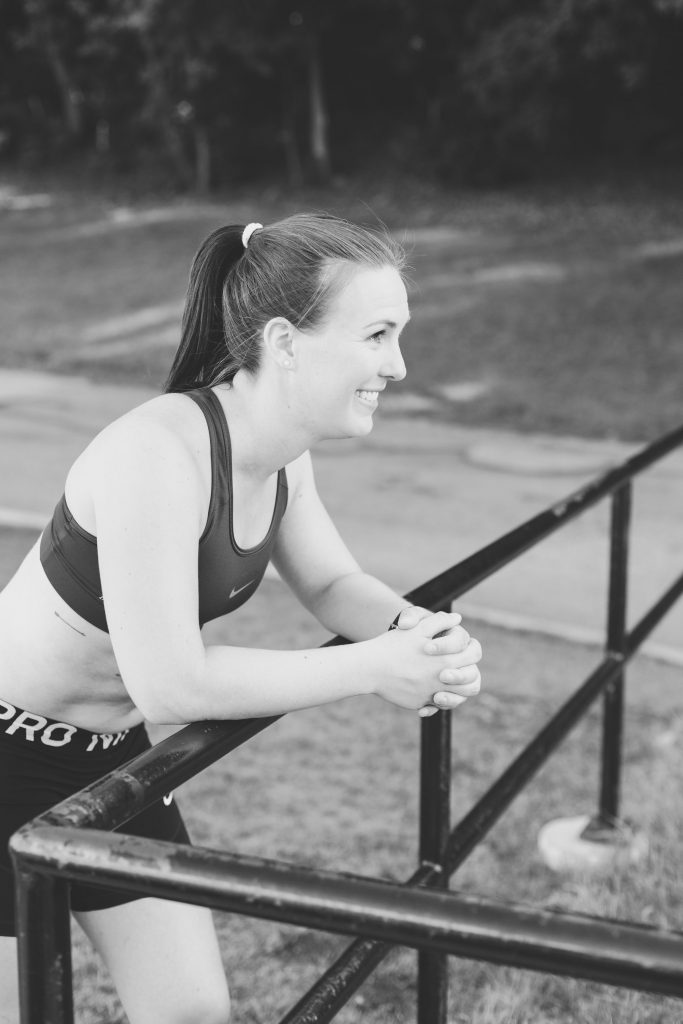



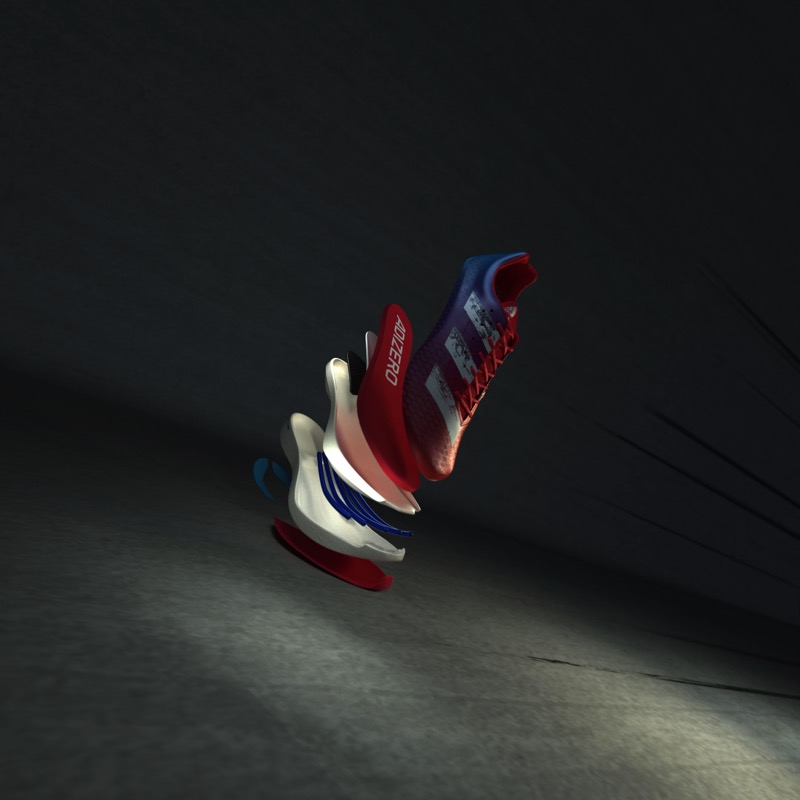
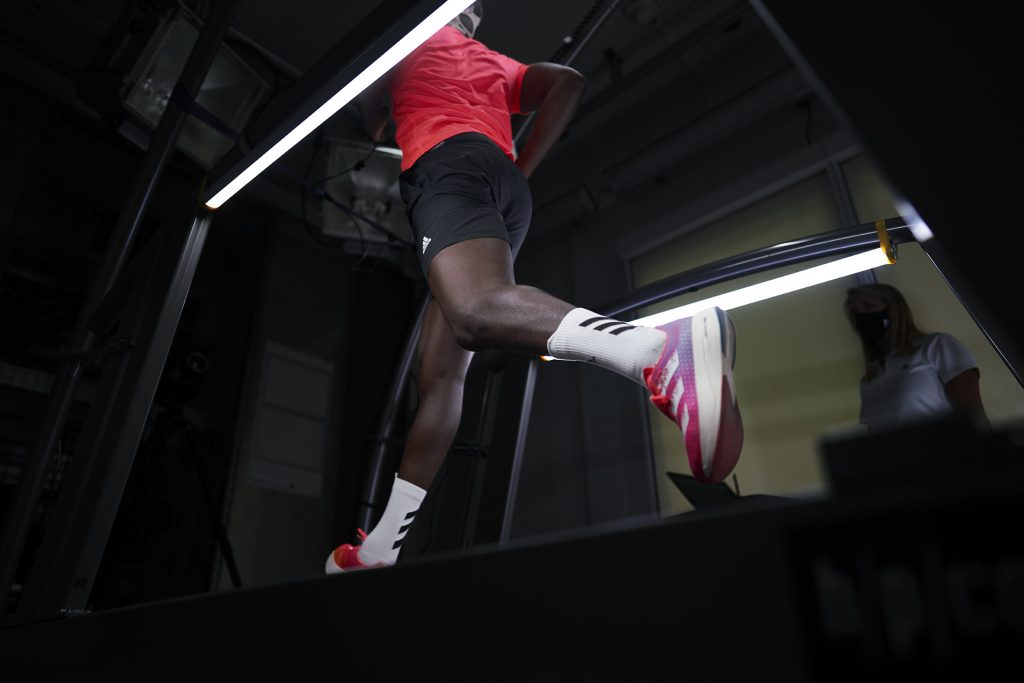


 Our Magazine
Our Magazine
